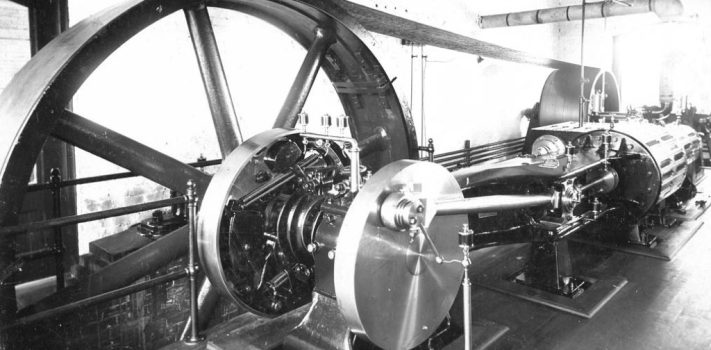by St. Funogas, Survival Blog:

I consider a home generator to be one of the more important preparedness items for coping with the very steep learning curve we’d all go through while adjusting to a TEOTWAWKI situation. While finite fuel supplies will limit its usability for most of us to just a few months at best, with our own generator the immediate aftermath of a permanent grid-down world would be much more tolerable during the first few days and months of adjusting to the “new normal”.
TRUTH LIVES on at https://sgtreport.tv/
Based on my own preps test a year ago (My Ten-Day Test-My-Preps Adventure Part 1, Part 2, Part 3, Part 4), if the SHTF we’ll discover we’re not quite as prepared as we had hoped to be. There are too many variables, some of which we couldn’t possibly have thought of and prepared for as I’ll soon demonstrate. The last thing to be worried about while making the transition is the availability of electricity. Based on our current lifestyles, it’ll be very difficult adjustment when it’s gone.
This article relates two major problems I experienced with my portable 5000-watt generator in the past year, one during the aforementioned 10-day preps test, the other this past summer during my monthly generator test. This article also explains how the problems were solved, how to avoid them, and how many people could fix these problems today even without much mechanical aptitude. The end of the article has a list of suggestions for generator owners and how to prepare ourselves for a continuation of electricity if the SHTF while we’re struggling to adjust to our new grid-down life.
THE BACKGROUND
During my preps test which started around 8 PM, all went well the first night but trouble began the next morning when I tried to fire up the generator. It was soon obvious it wasn’t going to run. I was so swamped with other things I wasn’t even able to look at the generator for a few days. Later in the week while investigating the carburetor I discovered that due to my negligence in maintaining the engine and doing monthly tests, the needle valve which controls fuel flow was gummed in place. Worse yet, I managed to ruin it while disassembling the carburetor for cleaning, rendering the generator useless. Since I was simulating a TEOTWAWKI event, there was no way to replace the needle valve or buy a new carburetor. I spent the entire ten days without my generator which proved to be the single biggest wrench in the works. Fortunately, my 500-gallon water tank held 400 gallons or I’d have been in some serious trouble with no way to pump water from the well.
The second problem occurred recently during the monthly test. After completing the test, the engine fell out as I was putting the generator back in storage. It’s not something I could have anticipated so it wasn’t something I had prepared for.
While the needle-valve issue was impossible to fix while simulating a SHTF situation, the engine separating from the frame was fixable by jury-rigging it using tools and parts I luckily had on hand.
SMALL ENGINE REPAIR BOOK
While learning to repair small engines way back when, I spent $13 on an 8½” x 11” 100-page paperback book on the subject. While YouTube comes in handy, a book in hand is more versatile and easier to refer to during maintenance and repairs. The book is well illustrated and covers all types of small 4-cycle engines found in mowers, tillers, and generators as well as the 2-cycle engines found in chainsaws. Even for non-mechanical people, the book is easy enough to understand that almost anyone with the right attitude can repair many small engines using it. I strongly recommend a book of this type for today as well as a TEOTWAWKI prep.
CARBURETORS VS. FLUSH TOILETS
To understand how simple a carburetor is, it works a lot the same way as a toilet flush mechanism. They both have only three moving parts and when toilets and carburetors don’t work properly, there are only a few issues which can be causing the problem.
The three moving parts in a toilet are a float, a water valve which opens when the float drops as water flows out of the tank, and a flapper valve at the bottom of the tank which closes to allow the tank to refill with water for the next flush. A carburetor also has a float, a fuel valve (called a needle valve) which opens to allow more gasoline into the carburetor, and a third part called the choke valve.
When a toilet won’t work properly, either the valve letting water into the tank isn’t functioning, or the float which opens and closes the water valve isn’t working, or the flapper valve isn’t closing preventing the tank from refilling. A failing carburetor has the same kinds of problems.



